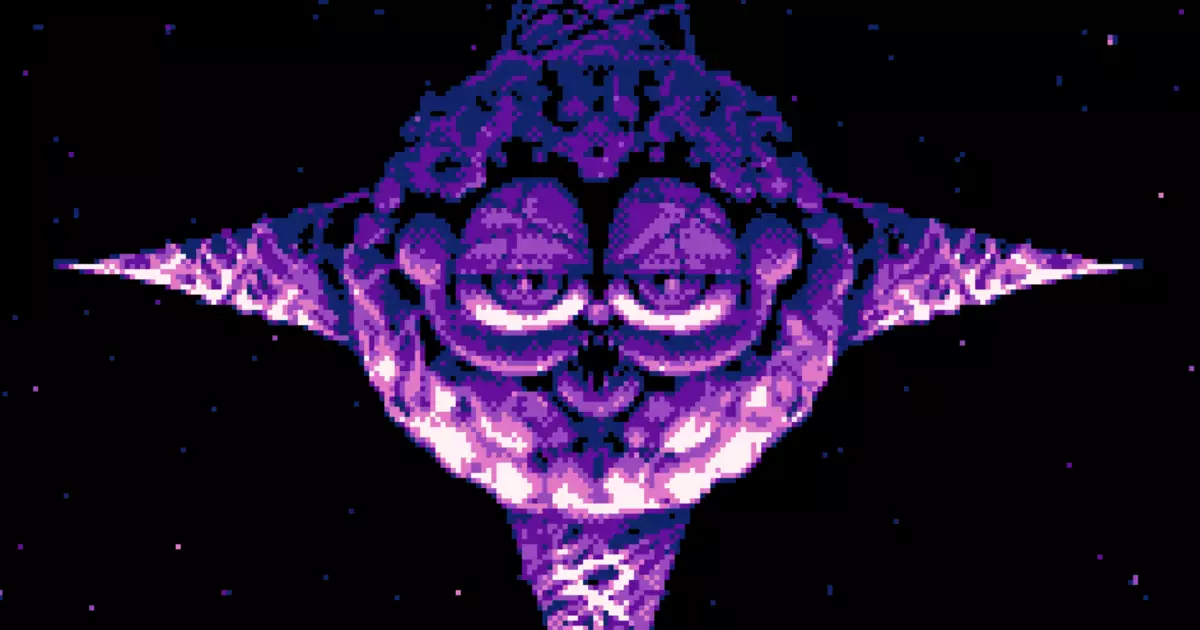Garfield, the beloved lasagna-loving feline created by Jim Davis, has undergone a surreal transformation in recent years. With a cultural landscape peppered with internet memes, particularly the chilling renditions of “Gorefield,” this once lighthearted comic character has morphed into a sinister icon of absurdity. This article explores the peculiar trajectory of Garfield’s popularity, focusing on how the character has become a symbol of both nostalgia and cosmic horror.
For many, Garfield represents a simpler time, filled with comic strips that entertained millions. However, since the late 1990s, when I last engaged with an original Garfield comic, the character’s depiction has drastically shifted. Instead of his usual antics involving lasagna and being lethargic, we now encounter a grotesque version of the cat: Gorefield. This chilling aesthetic often features distorted images and dark themes, capturing an audience that revels in edgy humor. The juxtaposition of the original playful cat and this macabre counterpart intensifies the absurdity, pushing boundaries in ways that attract both curiosity and horror.
Gorefield can be seen as a fascinating commentary on fan culture and creativity in the age of the internet. Originating from the original Garfield lore, Gorefield represents a postmodern twist, breaking down traditional narratives and reconstructing them into something disturbingly new. The various incarnations of Gorefield—ranging from insect-like creatures to serpentine horrors—serve as a fascinating study in how digital art can take established characters and redefine their identities. This narrative innovation not only entertains but invites fans to engage with their childhood memories in a format that weaves nostalgia with unsettling themes.
The release of “Gar-Type,” a free fangame developed by LumpyTouch and his collaborators, marks an exciting chapter in this reimagining of Garfield. The game casts players in the role of Jon Starbuckle, a semblance of the original character Jon Arbuckle but transformed into a hero trying to save the Earth from ‘lasagnnihilation.’ This blend of retro gaming aesthetics, engaging gameplay, and Lovecraftian visuals creates a unique experience that resonates with old-school fans while enticing newer audiences who enjoy the surreal. Such open-source projects indicate that there is a thriving community eager to extend the Garfield narrative and explore its darker elements.
The meticulous attention to detail in “Gar-Type” speaks volumes about the passion of indie developers. From the art direction to the chiptune soundtrack, it’s evident that a lot of love has gone into crafting experiences that honor both the original comic’s absurd humor and the unsettling aspects of Gorefield. As the visuals meld into Lovecraftian reds and purples, players can’t help but feel a sense of nostalgia intertwining with the peculiar horror—an intricate dance that captures the spirit of both legends and nightmares. This creative fusion not only showcases innovation but also invites deeper conversations about the nature of iconic characters and their evolution in modern society.
The journey of Garfield from a charming comic strip to a figure cloaked in cosmic dread epitomizes a broader cultural phenomenon. By marrying nostalgia with dark humor, characters like Gorefield ensure that our engagement with beloved icons remains dynamic and ever-evolving. Whether through memes, games, or critical discourse, Garfield’s transformation offers a unique reflection on how we interact with stories and characters that have shaped our imaginations.

